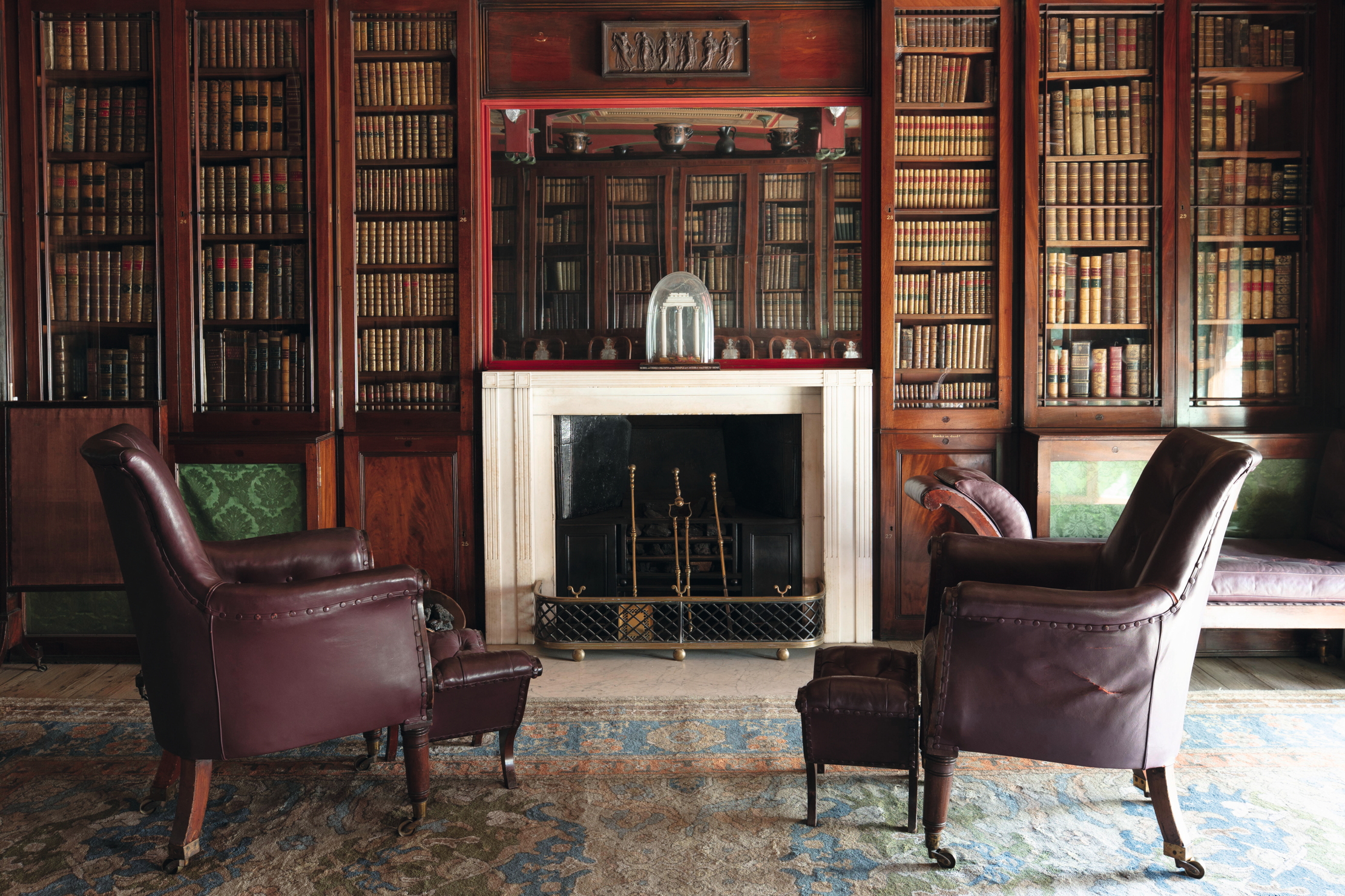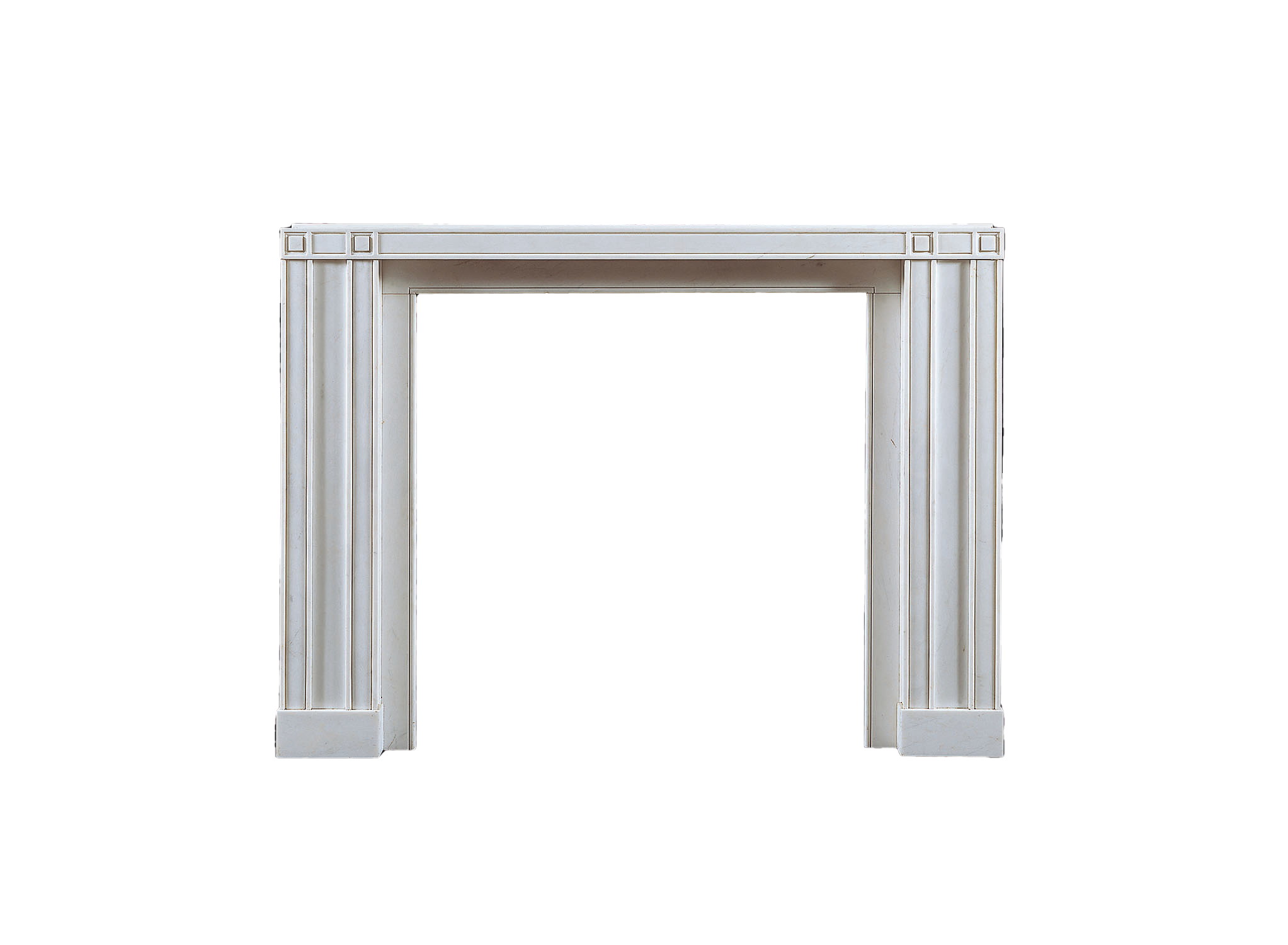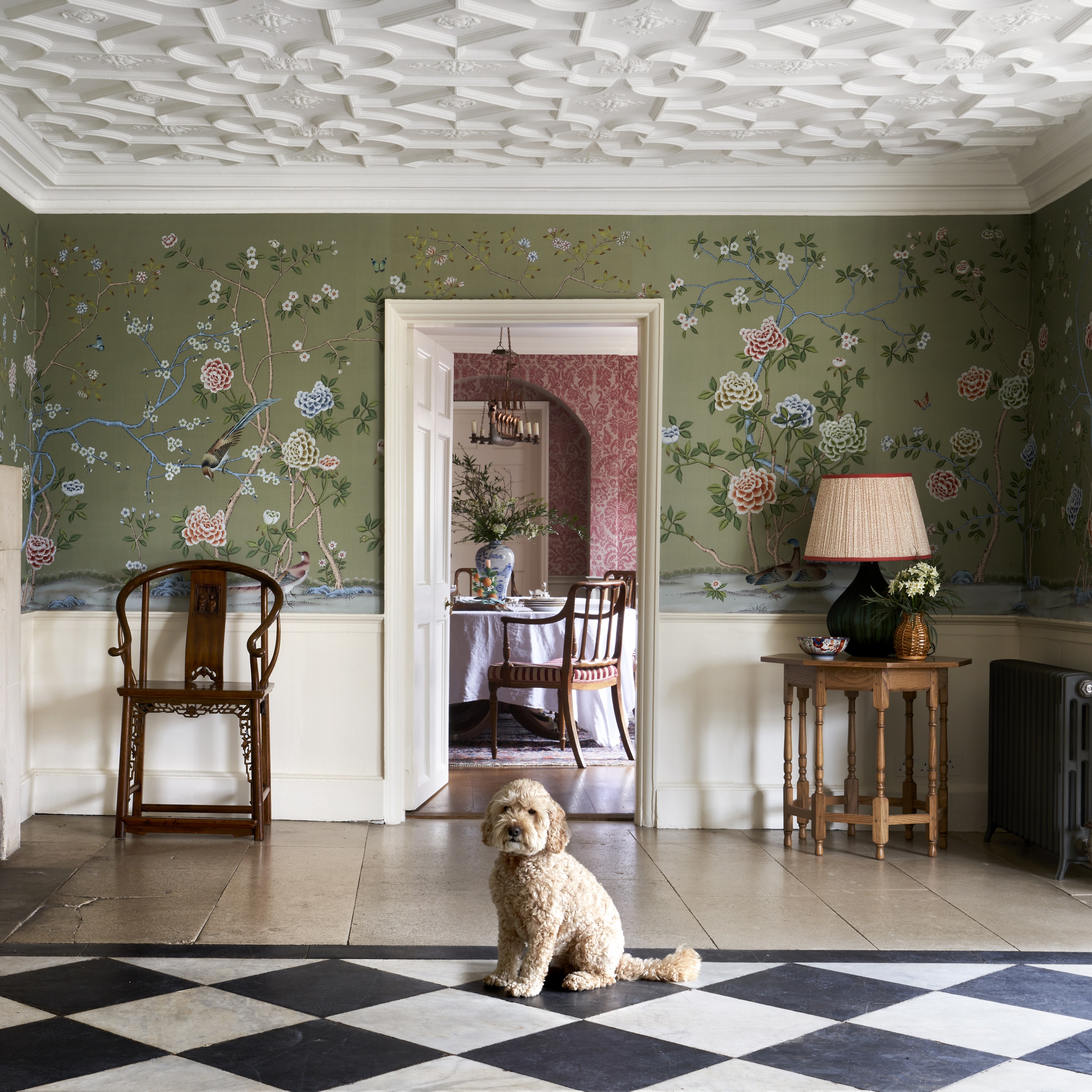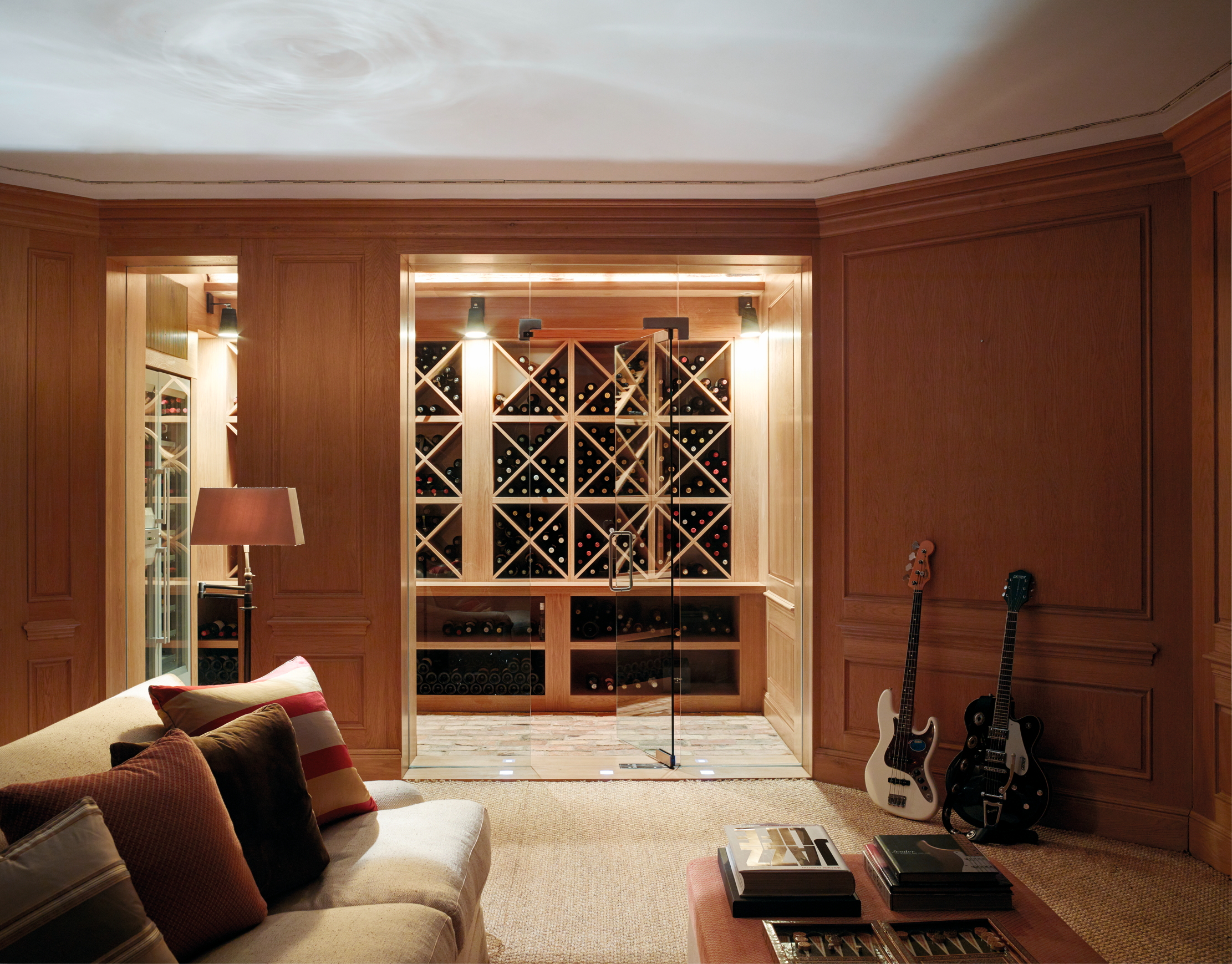The chimneypiece by Sir John Soane that still inspires designers to this day
The reductivist simplicity of a chimney piece designed 200 years ago by Sir John Soane explains the architect’s reputation as a founding father of Modernism.

It's one of those beautiful moments of disruption in history, when it’s as if someone’s experienced time travel and is able to see into the future to create something the like of which has never existed before,’ says Jamb’s Will Fisher of the white marble chimneypiece that, in the rich red library-dining room of Sir John Soane’s Museum in Lincoln’s Inn Fields, coolly anticipates stylistic revolutions still undreamt of by Soane’s contemporaries.
Designed 200 years ago, Soane’s best-known chimneypiece has become an icon of early-19th-century neo-Classicism at its sleekest and most austere, says Mr Fisher of a design based on a series of intersecting straight lines unsoftened by a single curve. Classical antiquity and Regency Egyptomania both shaped Soane’s vision. The result is a piece that would have been perfectly at home in the Art Deco London flats inhabited by Bertie Wooster and Hercule Poirot. The poster boy of Soane’s chimneypiece designs, as arrestingly ‘modern’ today as in Soane’s lifetime, it has deservedly earned its place as a design classic on both sides of the Atlantic.

More than once, Soane experimented with rigorously geometric chimneypieces. For Pell Wall in Shropshire and the Treasury Office in Whitehall, Soane evolved similarly uncompromising designs. What this design lacks, however, is their cumbrousness. Despite its size, there is nothing monumental to it: rather, its soaring lines imbue it with lightness, as if, suggests Mr Fisher, it’s ‘growing from the floor’.
Long after central heating achieved ubiquity, the fireplace retains its key place in many room schemes. As with a well-chosen rug, a fireplace Pale, crisp in its carved outlines, its components by turns receding and projecting, manipulating light and shadow, as clean in appearance as pleated silk or a self-striped wallpaper, it seems to belong to no particular period in the history of design, with the result that it is endlessly adaptable — as its current production by companies including Jamb and Chesneys indicates.

It’s like the beginning of Modernism, the breaking of a new era can anchor a scheme: the style of chimneypiece is central to its visual impact. As interior design re-engages with tradition, the chimneypiece is rediscovering its former prominence. Simple bolection-moulded chimneypieces, often made of marble, such as those at early-18th-century Hanbury Hall in Worcestershire, Dyrham Park in Gloucestershire or Mrs Wyndham’s dressing room at Petworth House, West Sussex, have long been favourites of interior designers, valued for their pleasing lines and timeless simplicity. Arguably, they lack the drama of Soane’s severe design.
A design classic outlives the era of its birth to adapt itself to changing fashions and altered habits. Soane was responsible for myriad chimneypiece designs: none draws on historic precedents to such seemingly ‘modern’ effect as this striking design for his own home. Today, in houses and flats, versions of Soane’s design feature in a range of rooms, in schemes that pay homage to Soanean neo-Classicism or quite different decorative idioms. No wonder it has caught the imagination of successive generations. It looks set to continue to do so.

Janey Butler: The best of old and new
Janey Butler has established an award-winning architectural-design practice that doesn’t merely transform the lives of its clients, but also creates
Exquisite houses, the beauty of Nature, and how to get the most from your life, straight to your inbox.

The Country Life Top 100 architects, interior designers, craftsmen, builders and garden designers in Britain
It's now six years since the original Country Life Top 100 was published, but the aim hasn't changed: we name

Room with a cru — how an 'enduring legacy of lockdown' is the latest must have in interior design
Long gone are the dusty cellars of the past. Now is the time to make the place you store your

Credit: Getty Images
How (not) to fix up a country house, by our interiors guru Giles Kime
Ignore your friends, take a long view and steer clear of anything that smacks of being fashionable: Giles Kime shares

A fireplace, a painting and a free-standing shower
The restoration of a bathroom at Ven House in Somerset is sympathetic to its historic roots